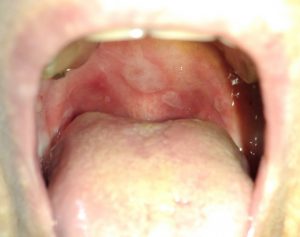Il Coblator genera un flusso di plasma sulla sua punta che è in grado di vaporizzare i tessuti senza generare una quota significativa di calore, è così possibile asportare un tessuto senza danneggiare quelli adiacenti.
Questa tecnica viene sfruttata in modo molto vantaggioso nell’intervento di tonsillectomia con un approccio leggermente differente dalla tecnica tradizionale. The classic tonsillectomy He plans to remove the entire tonsil, including both his parenchyma and his fibrous capsule that houses it. When using the plasma scalpel (Coblator ®) A slightly different technique is performed, la tonsillectomia intracapsulare con coblation, removing the tonsil parenchyma but leaving the fibrous capsule of the tonsil in place.
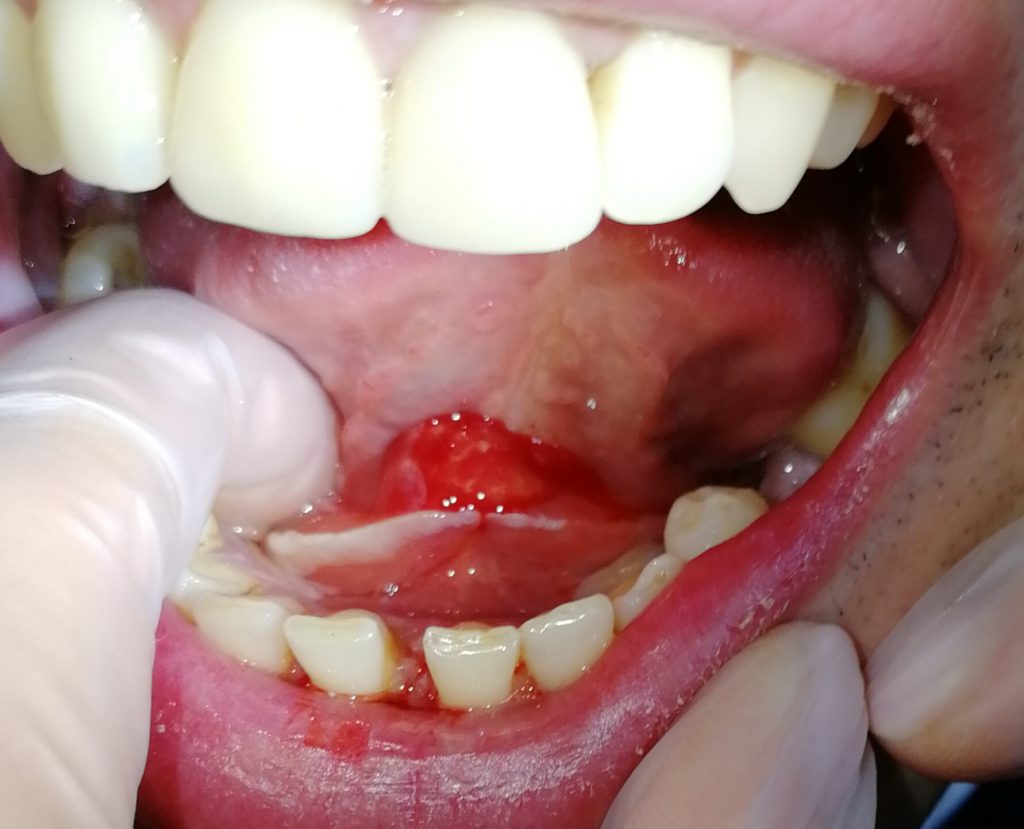

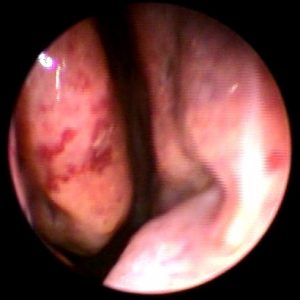
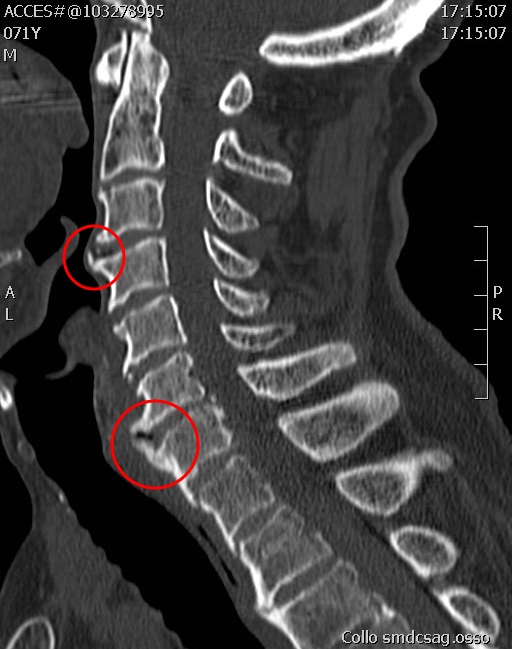 Forestier's disease or idiopathic skeletal HYPEROSTOSIS (DISH) is a syndrome, with no known cause, characterized by the formation of osteophytes spinal cord with ossification of paravertebral muscles and ligaments.
Forestier's disease or idiopathic skeletal HYPEROSTOSIS (DISH) is a syndrome, with no known cause, characterized by the formation of osteophytes spinal cord with ossification of paravertebral muscles and ligaments.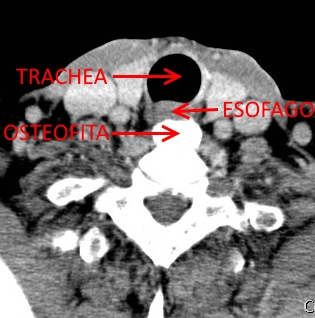
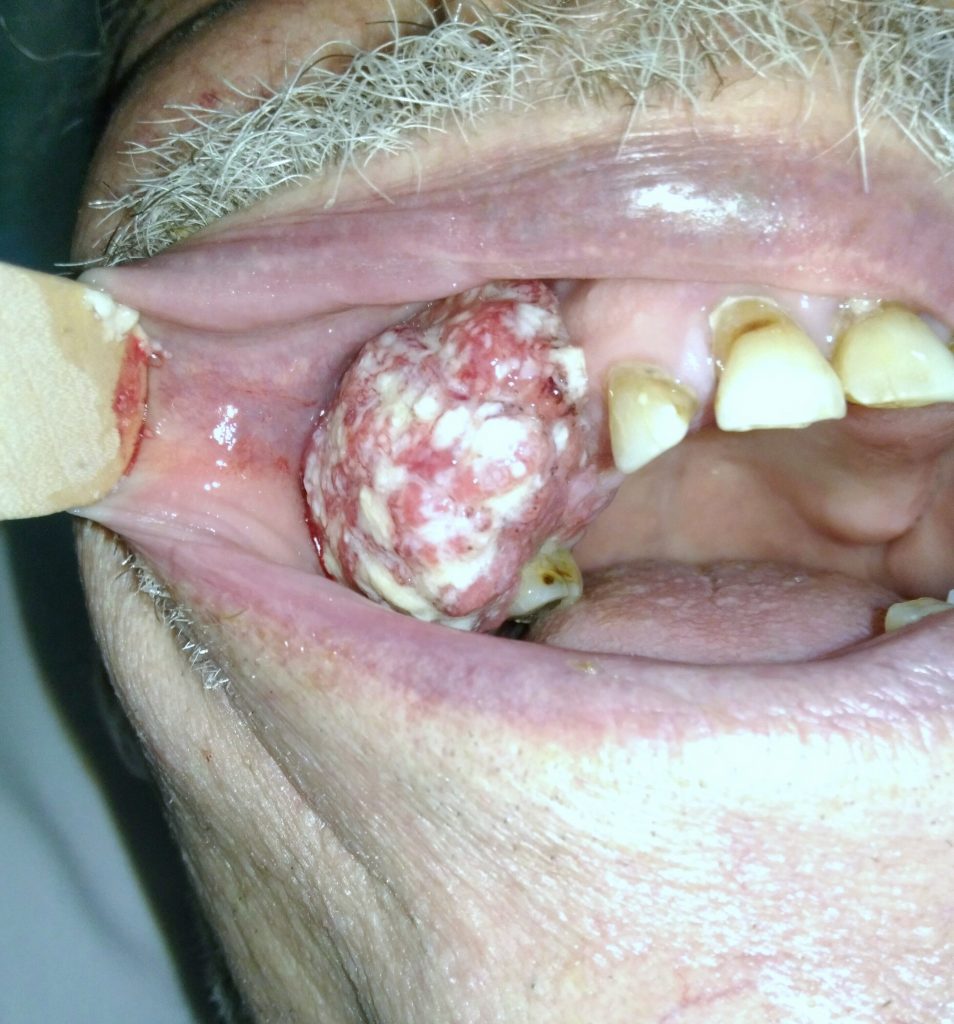 Patient with squamous alveolar ridge top right. The patient was treated with maxillectomia bottom right, the breach was rebuilt with surgical flap of temporal muscle
Patient with squamous alveolar ridge top right. The patient was treated with maxillectomia bottom right, the breach was rebuilt with surgical flap of temporal muscle
